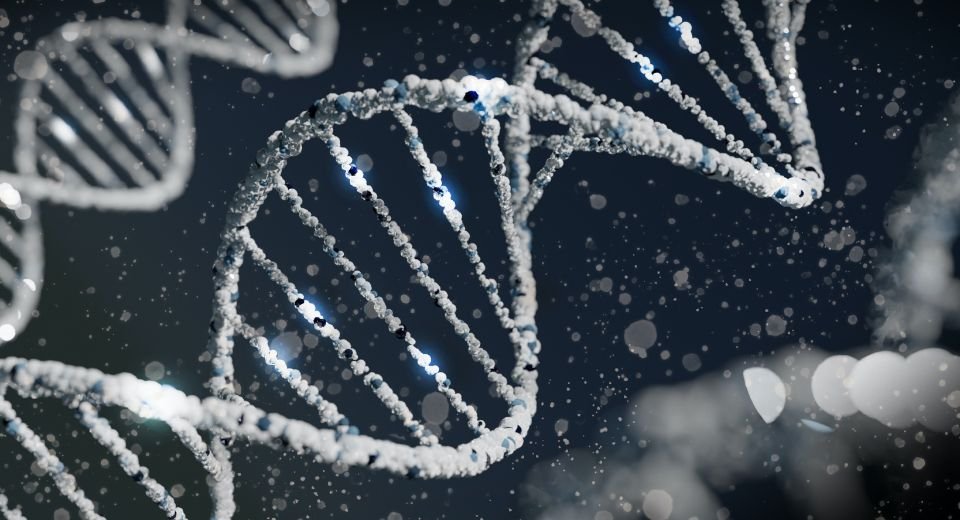HQ Team
May 1, 2023: Ten thousand bits of genetic information, throughout evolutionary history, separate humans from chimpanzees, our closest primate relative, according to researchers at Yale and Broad Institute of MIT and Harvard.
The researchers focused on what was missing in the human genome compared to the primates rather than what was added during evolution.
Some of the “deleted” pieces of genetic information include the link with the formation of neuronal and cognitive functions, including one associated with the formation of cells in the developing brain.
“Often we think new biological functions must require new pieces of DNA, but this work shows us that deleting genetic code can result in profound consequences for traits that make us unique as a species,” said Steven Reilly, an assistant professor of genetics at Yale School of Medicine and senior author of the paper.
The collection of genomes of different species has allowed scientists to identify additions specific to the human genome, such as a gene that was critical for humans to develop the ability to speak. At the same time, less attention has been paid to what’s missing in the human genome, he said.
Genetic sequences
The Yale team found that some genetic sequences found in the genomes of most other mammal species, from mice to whales, vanished in humans.
But, rather than disrupt human biology, some of these deletions created new genetic encodings that eliminated elements that would normally turn genes off, the researchers said.
The deletion of this genetic information had an effect that was the equivalent of removing three characters — “n’t” — from the word “isn’t” to create a new word, “is.” Reilly said.
“[Such deletions] can tweak the meaning of the instructions of how to make a human slightly, helping explain our bigger brains and complex cognition,” he said.
The Yale team found these 10,000 missing pieces of DNA — present in the genomes of other mammals — are common to all humans.
The fact that these genetic deletions became conserved in all humans attested to their evolutionary importance, suggesting that they conferred some biological advantage, the authors said.
Unique species
“These tools can allow us to identify the many small molecular building blocks that make us unique as a species,” Reilly said.
The paper was one of several published in Science from the Zoonomia Project. This international research collaboration is cataloging the diversity in mammalian genomes by comparing DNA sequences from 240 species of mammals that exist today.
More than 150 people across seven time zones have contributed to the Zoonomia Project, the world’s largest comparative mammalian genomics resource. The effort is led by Elinor Karlsson, director of the vertebrate genomics group at the Broad Institute of MIT and Harvard.
The project’s team assembled a set of research papers, including the Yale study, to reveal what makes human genomes unique.
“One of the biggest problems in genomics is that humans have a really big genome, and we don’t know what all of it does,” said Karlsson.
“This package of papers shows the range of what you can do with this kind of data and how much we can learn from studying the genomes of other mammals.”
